 Petzlover
Petzlover Aegean is originated from Greece but Jaguarundi Curl is originated from United States. Both Aegean and Jaguarundi Curl are having almost same weight. Aegean may live 7 years less than Jaguarundi Curl. Both Aegean and Jaguarundi Curl has same litter size. Aegean requires Moderate Maintenance. But Jaguarundi Curl requires Low Maintenance
Aegean is originated from Greece but Jaguarundi Curl is originated from United States. Both Aegean and Jaguarundi Curl are having almost same weight. Aegean may live 7 years less than Jaguarundi Curl. Both Aegean and Jaguarundi Curl has same litter size. Aegean requires Moderate Maintenance. But Jaguarundi Curl requires Low Maintenance
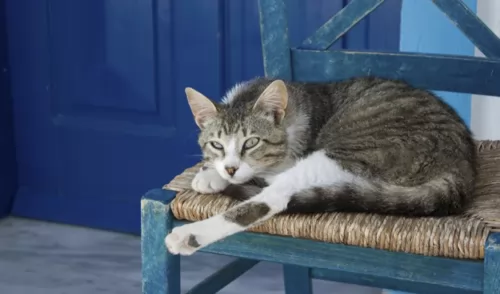 Thought to be the only native Greek variety of cat, the attractive Aegean cats hails from Greece – more specifically the Cycladic Islands of Greece.
Thought to be the only native Greek variety of cat, the attractive Aegean cats hails from Greece – more specifically the Cycladic Islands of Greece.
Formal breeding of the cat started in the 1990s but the cat isn’t recognized by any of the top cat breeding organizations. These cats are believed to be one of the oldest domesticated cat breeds, and in Greece are considered a national treasure.
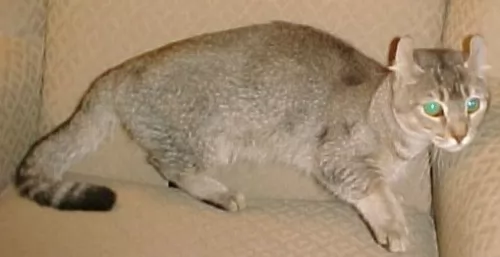 Found mostly in Central and South America, the Jaguarundi Curl has been bred to look like a wild cat. - the Jaguarundi.
Found mostly in Central and South America, the Jaguarundi Curl has been bred to look like a wild cat. - the Jaguarundi.
It was in the 1940s that the cat was also found in Florida. It is a result of a crossing between the Hyland Lynx with Munchkins and possibly other short-legged domestic cats.
The Munchkin cat is a medium-sized cat and it also has very short legs – the result of a genetic mutation.
 Aegean cats are a nice athletic, medium-sized cat with fairly longish hair and weighing in the region of 4.5 – 5 kg and standing in height at between 21 and 25,4cm.
Aegean cats are a nice athletic, medium-sized cat with fairly longish hair and weighing in the region of 4.5 – 5 kg and standing in height at between 21 and 25,4cm.
The cat sheds during the spring and summer, but if they are essentially indoor cats they will shed all year.
The coat can be made up of two or three colors with white always as one of the main colors and taking up more space on the coat than other colors. Other colors in all their different patterns can be grey, orange or black.
The tail of the cat is long and bushy the ears are quite large and wide at the base and are then gently rounded at the top. The head is broad, the eyes are almond-shaped and can be anything from green to blue or yellow.
These cats are strange in that they quite enjoy being around water, fascinated by the movements below the water’s surface. They’re also social cats, love being around their human family and also around children in the home.
If you have a hobby such as fishing you can take this breed of cat with. In fact, they love the outdoors and if you go out hiking or fishing, they’ll be there, climbing and exploring with you. These attractive cats are known to make awesome family pets, having been domesticated for centuries. Full of energy, they are also quite vocal.
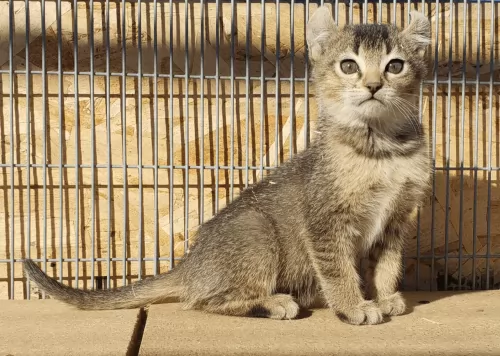 This is a medium-sized, strong, muscular wild cat with short legs, a large head and small ears that are curled and set wide apart.
This is a medium-sized, strong, muscular wild cat with short legs, a large head and small ears that are curled and set wide apart.
The eyes are wide-set and are large and expressive. The eyes can be gold, green or even blue.
The cat can weigh anything between 6 and 10kg. They can take up to years to reach their weight. The tail of the cat is long and thick, the body long and muscular.
The short coat is a ticked or a spotted pattern and can come in various colors. In most cats, the coats are tawny or solid like the Jaguarundi. In ideal specimens, coats will be tawny or solid like the Jaguarundi.
Maybe it’s the cat’s wild side but the Jaguarundi Curl cat is a shy, elusive and somewhat solitary cat. In the wild these cats only socialize to mate.
It is, however, a very vocal cat. The cat is also a good climber and swimmer and you will need to invest in climbing equipment.
If your Jaguarundi Curl has more Munchkin in him, you may find him far more sociable and actually seeking out the company of his human family.
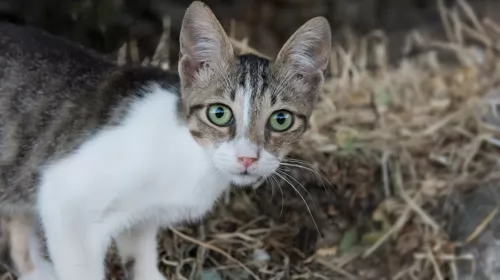 The Aegean is friendly, loving and social and he will get on well with children and animals in the home.
The Aegean is friendly, loving and social and he will get on well with children and animals in the home.
He is intelligent and will try to talk to you, even if it's to invite you to go swimming with him, as he is an unusual cat with his love of water.
Bringing such a cat into your home and heart will promise to bring you years of wonderful companionship.
 The wild Jaguarundi is smallish cat that is a little bit larger than a house cat.
The wild Jaguarundi is smallish cat that is a little bit larger than a house cat.
Some people like keeping these mixed-breed, hybrid cats, and they can make good pets, but they do tend to be reclusive. You have to remember that with these cats, part of their genetic makeup is a wild cat, and this just means that you can’t really be sure how they will turn out.
Think twice before you buy a cute little Jaguarunndi Curl kitten. Cat Rescue shelters are seeing a massive escalation in the number of hybrid cats who are just abandoned by their owners.
They wanted a ‘wild-type’ cat and ended up with behavior from the cat that they couldn’t handle. How cruel is that. Its the human's fault, not the cat.
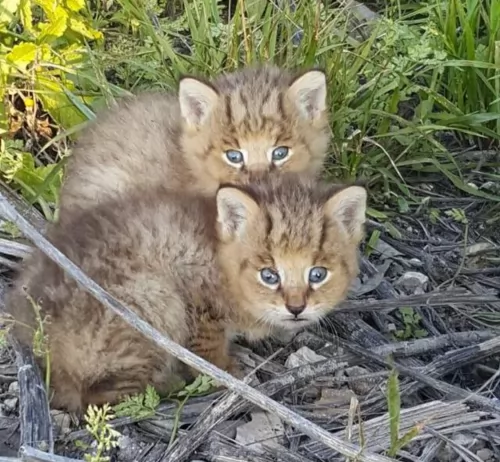 Hybrid cats do have some health issues because of their breeding. Cat owners who choose these cat breeds need to know that they have special needs.
Hybrid cats do have some health issues because of their breeding. Cat owners who choose these cat breeds need to know that they have special needs.
You should speak to your vet about the health of your cat. Domestic cats and wild cats have a different number of chromosomes. These cats wouldn’t normally mate so that when they are crossed during breeding, an abnormal genetic makeup is a result.
Reproductive problems in cats like the Jaguarundi Curl become a common occurrence and stillbirths can be the norm. Often you’ll find that some of the cats are infertile, whether male or female.
You've also got to be aware of vaccines as sometimes they don't work with these hybrid cats. Many times a cat like this is exposed to rabies and you'll find that the vaccine was ineffective.
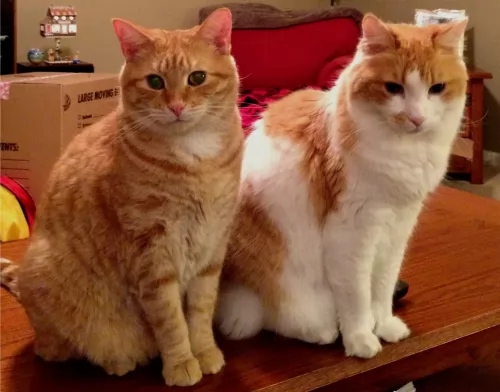 Once you bring a kitten into your home, or any pet for that matter, get to know where your closest vet is. This is so you know where to go if your pet becomes ill, he requires his first vaccines or there is a medical emergency where he needs to see someone immediately.
Once you bring a kitten into your home, or any pet for that matter, get to know where your closest vet is. This is so you know where to go if your pet becomes ill, he requires his first vaccines or there is a medical emergency where he needs to see someone immediately.
When you buy food for your cat, try and buy high-quality food. Speak to your vet if you aren’t sure how to feed your cat. Cats require taurine, which is an essential amino acid needed for healthy hearts. Always make sure your cat has fresh, cool water at all times.
Every cat, whether short- or long-haired will require some combing and brushing to get rid of those loose hairs. The Aegean cat is a moderate shedder. Not only that, if you start with this grooming when your cat is a kitten, he will look forward to it and it will strengthen the bond between you.
Both fleas and ticks can be found on cats, and controlling these kinds of parasites requires speaking to your vet for something that can get rid of them. The vet will recommend products, and a flea and tick collar can also be useful but they will need to be renewed quite frequently.
Your Aegean kitten will need vaccinations to protect him from life-threatening diseases such as Feline Leukaemia Virus, Feline Infectious Enteritis and Cat flu. The first vaccines will be required at 8 weeks of age.
Sometimes it may be necessary to also have your pet vaccinated against rabies, depending on where you live. Throughout your cat’s life, to maintain his immunity, regular booster shots will be required.
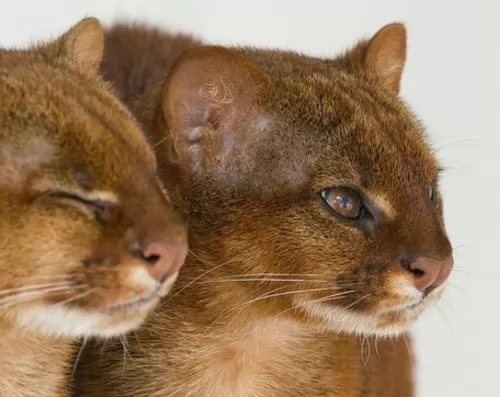 Be prepared for the new arrival of your cat. Have food and water bowls, warm bedding, toys, litter box, and food all available and waiting.
Be prepared for the new arrival of your cat. Have food and water bowls, warm bedding, toys, litter box, and food all available and waiting.
Your Jaguarundi Curl doesn’t require a specialized diet. You can feed him much the same as your other domestic cats.
The food needs to be high-quality and can be wet or dry food, so long as it makes sure that meat is the top ingredient. Your cat is a carnivore and will require meaty meals to remain healthy. Dietary supplements or vitamins can only do your Jaguarundi Curl good.
You can brush the coat once each week to remove loose hair and to keep the coat shiny.
You want to provide your cat with a litter box and keep it clean too. These hybrid cats don’t easily learn to use the litter box as they should, and they may do their business around your home as opposed to using the litter box.
Get your pet a collar and tag to identify your cat in case he gets away.